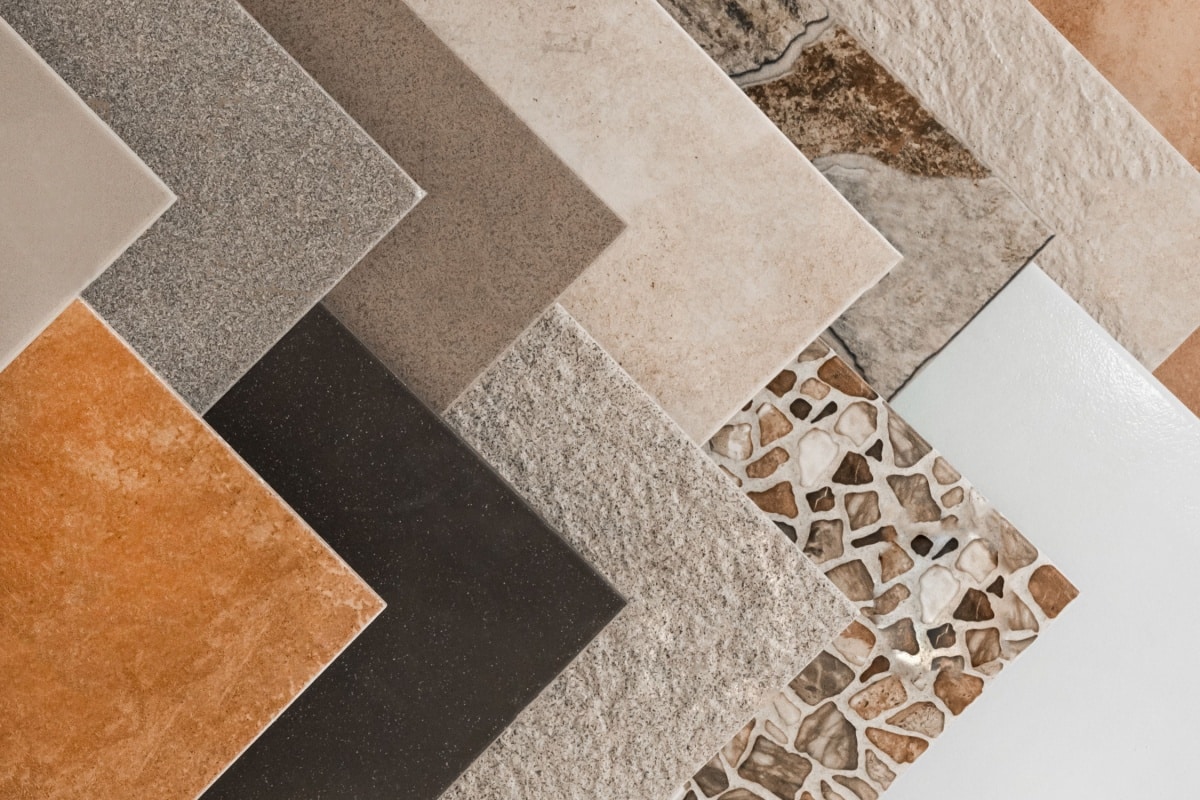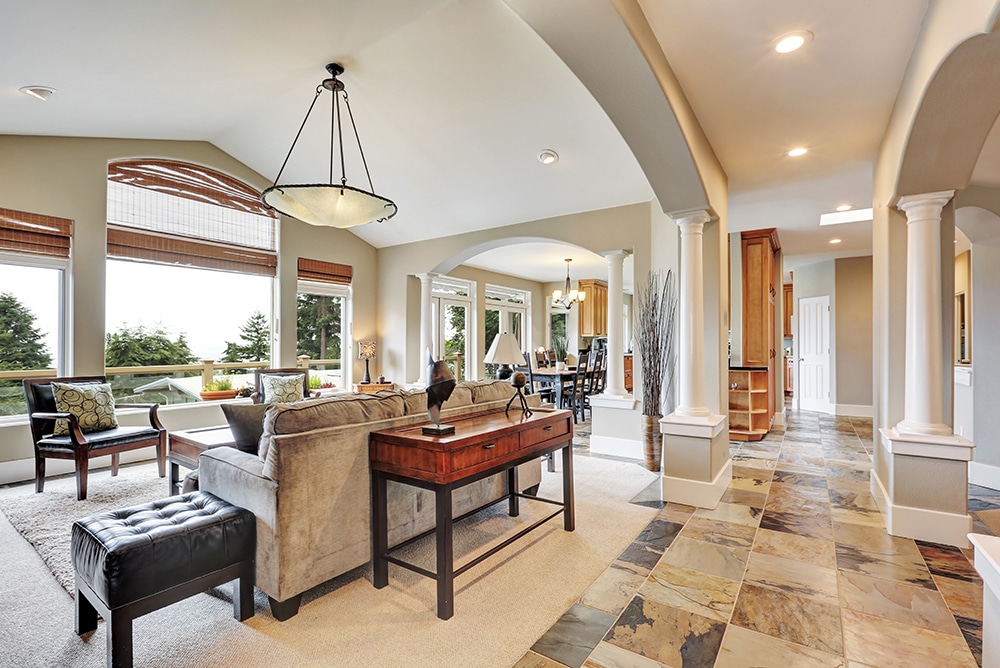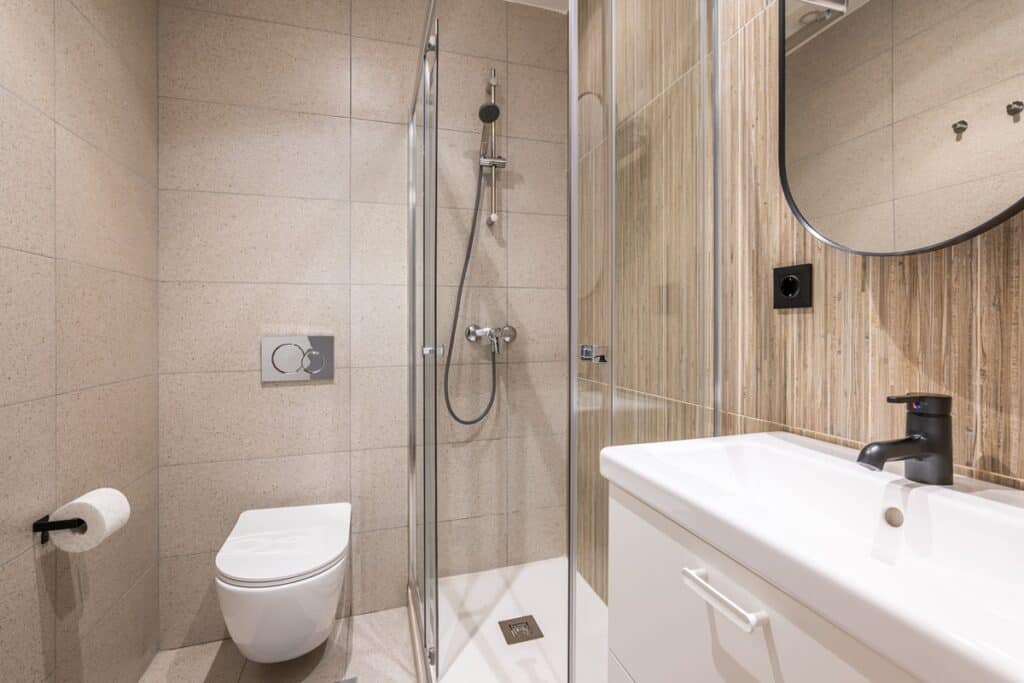Natural stone is one of the most beautiful and durable materials you can choose for your home.
From marble bathrooms to limestone kitchens, stone surfaces bring elegance and timeless character. But to keep them looking their best, sealing is essential.
The big question homeowners often ask is: how often should you really seal natural stone?
Why Sealing Matters
Natural stone is porous. That means tiny holes within the surface can absorb liquids, oils, and dirt if left unprotected. Without sealing, you risk staining, etching, or dulling the finish over time. A high-quality sealer creates an invisible barrier that repels moisture and keeps the stone easier to clean, all while maintaining its natural look.
Factors That Affect Sealing Frequency
There’s no one-size-fits-all answer because sealing depends on the type of stone, where it’s installed, and how it’s used:
- Stone type: Marble and limestone are more porous and usually need sealing more often than granite or slate.
- Location: Kitchen worktops or busy hallway floors will need resealing sooner than a decorative wall.
- Traffic and use: Areas that see heavy foot traffic or daily spills (like kitchens and bathrooms) should be sealed more regularly.
General Guidelines for Stone Sealing
As a rule of thumb:
- Marble, limestone, and travertine: Every 6–12 months.
- Granite: Every 1–2 years (sometimes longer if the stone is dense)
- Slate: Every 1–2 years, depending on finish and usage.
- Outdoor stone: Usually annually, as weather exposure can wear down sealants faster.
An easy way to test is the water drop method: place a few drops of water on the surface. If it darkens within a few minutes, it’s time to reseal.
Professional vs. DIY Sealing
Many homeowners choose DIY stone sealers, which can work well for smaller areas. For larger surfaces, or high-value stones like polished marble, professional sealing ensures even coverage and long-lasting protection.
Final Word
Sealing isn’t a once-and-done job, but it doesn’t have to be complicated. A little regular attention goes a long way in protecting your investment and keeping your natural stone surfaces looking as stunning as the day they were installed.













